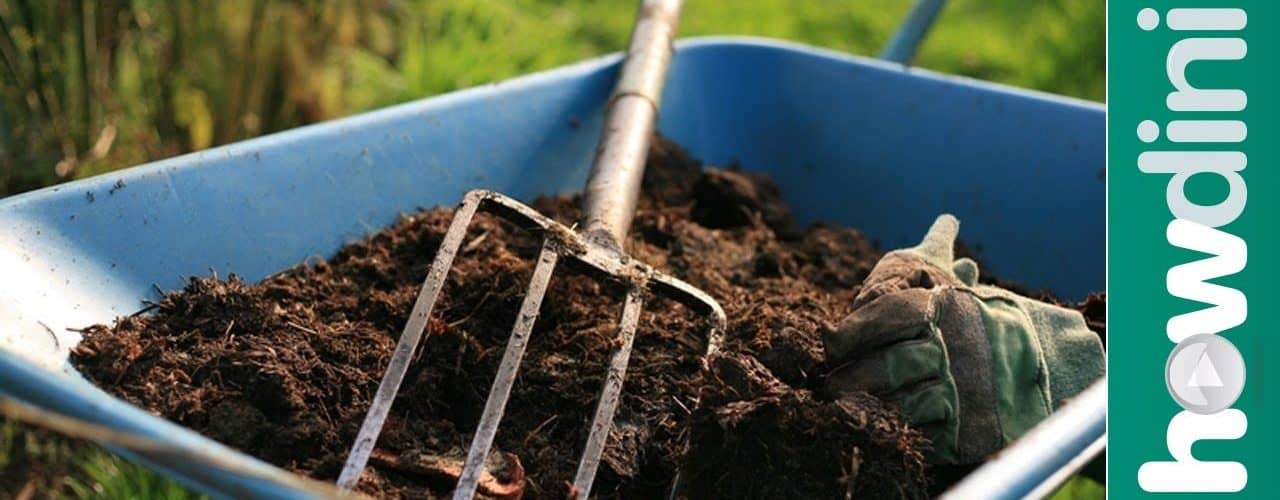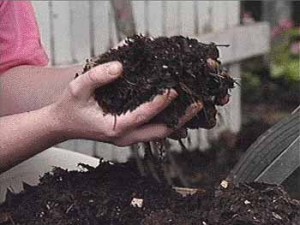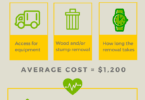Compost
Making compost and adding that nutrient-filled mixture to a garden is becoming very popular and may be one of the best things you can do to help even a small backyard vegetable garden. You can buy compost at any garden center, but it so much less expensive to make your own compost and it is incredibly easy to do.
Composting involves gathering organic material and putting it with water either into a pile or a special container. Turning the pile of organic matter occasionally will help the bacteria grow. This action produces heat that breaks down the organic material into it becomes a dark and rich product that resembles soil. If done properly, the finished compost should have an earthy smell and there should be no recognizable parts left.
There’s not much to making compost. Follow these simple steps.
1. Build a composting bin or enclosure – You can make compost by just throwing all of your organic matter into a pile, but enclosing it in a special bin can save space and keep it neater. Your enclosure can be simple as long as it has an opening that is large enough to allow the compost to be turned periodically.
The compost enclosure should be at least 4 feet square but less than 6 feet. You can make it out of wood, cinder blocks, staked up chicken wire, pallets, or even hay bales. You can also buy ready-made compost bins at home and garden stores and nurseries.
2. Find a good location for the enclosure – Your compost enclosure should be placed in a warm area that is protected from strong wind and a lot of direct sunlight. Heat and air circulation both help the composting process, but too much of either one can dry out the material. Also consider a location that will not offend your neighbors.
3. Gathering Materials – The three essential ingredients for compost are green material, brown material, and water.
Brown material includes just about any waste from general yard maintenance can be used in the compost such as leaves, grass clippings, vines, weeds, twigs, branches, and stalks from plants.
You can supply your compost pile with green material by including food waste like scraps of fruits and vegetables and eggshells.
After the compost pile is started, add enough water to make the pile damp, not dripping wet. Too much water will cause the compost to smell and the amount of bad bacteria will overwhelm the good bacteria. If you don’t add enough water, the compost will not break down.
4. Maintenance of the compost pile – It is important that you do not ignore your compost pile. It needs to be turned and mixed with a shovel in order for enough oxygen to cause decomposition to get into the compost pile. A pile that is not turned can take as much as 34 times longer to decompose into compost. Depending on the size of your pile, it should be turned at least once a week. The more you mix, the faster it will decompose.
As you add material to the compost pile, add water. If the weather is particularly dry, you may also need to add water to the pile.
Compost that is decomposing the way it should generates heat. In fact, it can be as warm as 150 degrees in the center of the pile. When the center of the pile begins to cool down, it should be turned. You can tell when the composting is complete because the pile will no longer be warm.
Here are a few helpful tips for composting:
- In the winter you can put your compost in black plastic bins in the direct sunlight so that it will keep composting.
- Don’t put kitchen waste in the compost pile in the winter.
- You can keep your compost pile in the direct sun all year for faster composting, but be sure that the sun does not dry it out.
The following link contains more great tips for composting: Composting 101: Composting Tips








